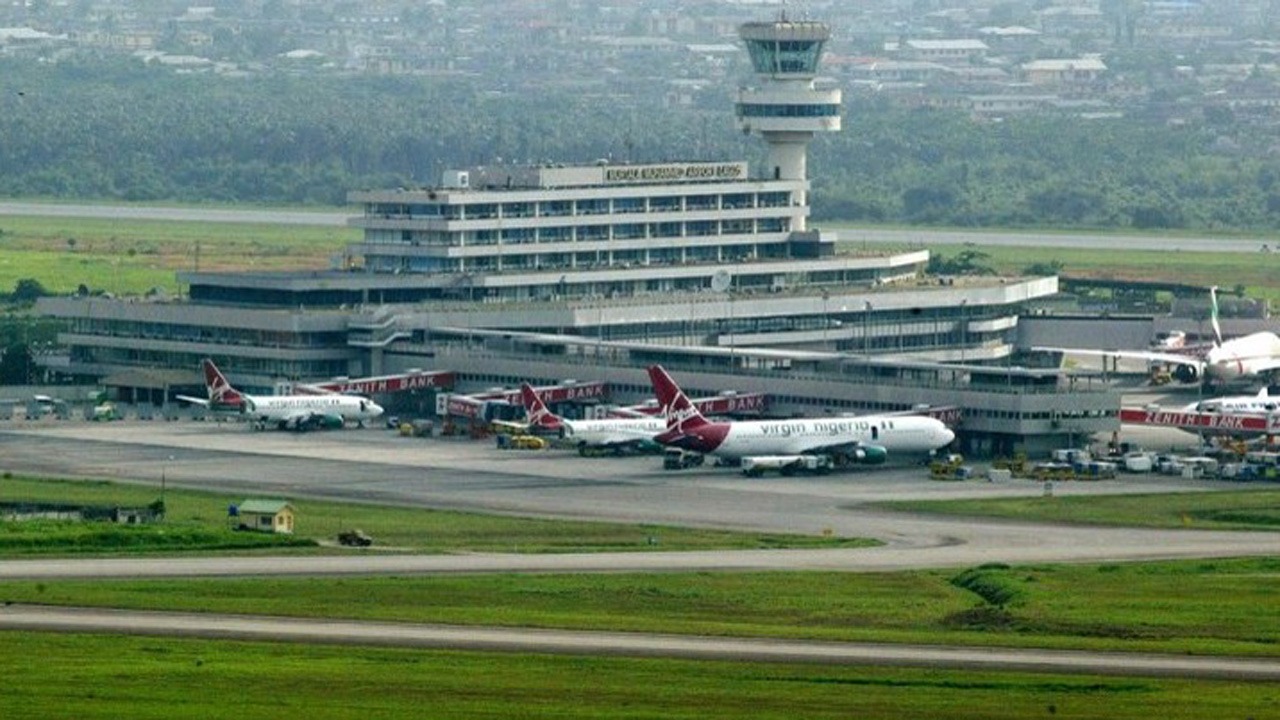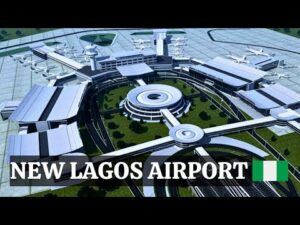Reimagining the Skies: The Planned MMIA Renovation and the Future of Aviation in Nigeria

By all accounts, the Murtala Muhammed International Airport (MMIA) in Lagos stands as Nigeria’s busiest and most iconic gateway to the world. For decades, it has welcomed millions of passengers—from business executives and tourists to diplomats and returning citizens. Yet in the face of evolving global aviation standards and rising passenger expectations, MMIA has increasingly shown signs of age and strain.
That is about to change
With the recent approval of a bold renovation and expansion plan by the Federal Executive Council (FEC), MMIA is poised to undergo one of the most significant infrastructural transformations in its history—ushering in not just a new airport experience, but a new era for aviation and travel in Nigeria.
A National Gateway Reimagined
The planned upgrades at MMIA go far beyond cosmetic improvements. At the heart of the vision is a complete rehabilitation of Terminal 1 (T1), the workhorse of Nigeria’s international air traffic. This terminal will receive an extensive makeover: its exterior façade will be modernised, while the interior finishes, plumbing systems, and all mechanical and electrical components will be brought up to global standards. The aim is to make the terminal not just operationally sound, but truly world-class.
Terminal 2 (T2) is also set for a major transformation. Its expansion will allow for more wide-body aircraft to be accommodated through the extension of the boarding bridge (finger) and apron. This is crucial for meeting growing demand and positioning MMIA as a competitive hub in the West African aviation corridor. In anticipation of this, hangars currently within the expansion zone will be relocated to facilitate smooth construction and future functionality.
Beyond the terminals themselves, access to the airport is being completely rethought. A modern, efficient road network will reduce congestion and improve access, particularly during peak travel periods. For years, airport traffic has been a source of frustration for travellers and staff alike—this redesign seeks to change that.

Integration, Innovation, and Passenger Comfort
Perhaps one of the most exciting features of the MMIA overhaul is the plan to integrate the terminal facilities through a new Skywalk connecting the car park to T2, and a connection building linking Terminals 1 and 2. For the first time, passengers will experience the airport as a unified, seamlessly connected facility, rather than a cluster of disconnected terminals. This integration is set to enhance operational efficiency and passenger flow, reducing the stress and confusion often associated with navigating large airports.
In the interim, as construction proceeds, a temporary departure hall will be established to ensure continuity of service. Designed to be clean, comfortable, and functional, this space reflects the commitment of airport authorities to prioritise passenger comfort even during a transition phase.
Another highlight of the project is the complete redesign of the central square landscape—the area directly in front of the terminal buildings. This transformation will provide a more welcoming atmosphere, reflecting Nigeria’s cultural vibrancy and hospitality from the moment a passenger steps onto its soil.

Building for Tomorrow’s Traveller
Today’s global traveller expects more than just an airport—they expect an experience. With faster check-ins, smarter security systems, brighter lounges, and better shopping and dining options, the new MMIA is being designed with these expectations in mind.
But the renovation isn’t just about physical structures—it’s about mindset and mission. It represents a deliberate pivot towards excellence in Nigeria’s aviation sector. The government’s investment in MMIA signals a deeper recognition of the airport’s role not only as a transportation hub but as an engine of economic growth, tourism, employment, and national prestige.
The Future of Aviation in Nigeria
Nigeria’s aviation sector is at a critical inflection point. With increasing regional competition, growing demand for air travel, and a youthful population hungry for global connectivity, the time for strategic infrastructure development is now.
MMIA’s renovation is not an isolated event—it is a cornerstone of a broader ambition to position Nigeria as a regional aviation powerhouse, capable of handling growing passenger volumes, attracting international carriers, and offering a level of service that can rival global peers.
The future of air travel in Nigeria is one where innovation meets ambition. From digitised operations and smart terminals to greener practices and more efficient passenger handling, the next generation of airports must reflect both local pride and global best practices.

A Moment to Look Forward To
In many ways, the transformation of MMIA is symbolic. It tells a story of a nation determined to modernise, to invest in its infrastructure, and to compete on the global stage. For the millions who pass through MMIA each year, the changes ahead promise not just improved service, but an experience that embodies the very best of what Nigeria has to offer.
From departure to arrival, from check-in to touchdown, the message is clear: the future of aviation in Nigeria has taken flight—and MMIA is leading the way.



